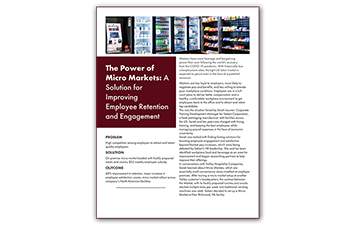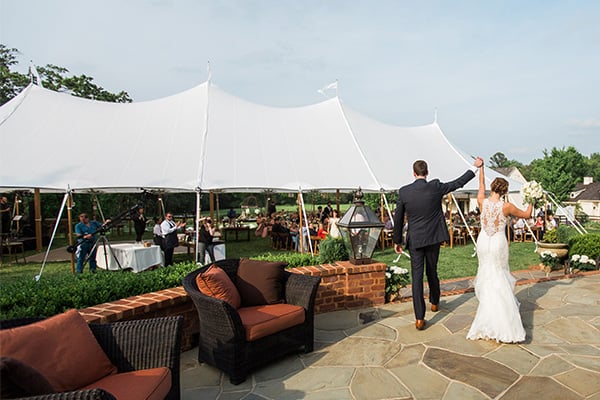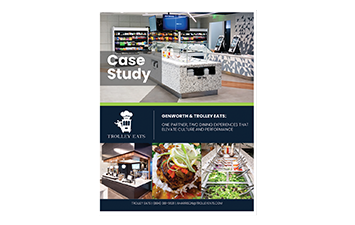How to Buy Alcohol for Your Wedding
Supplying the alcohol for your wedding can be a great way to save money. The tricky part, as with anything DIY, is doing it correctly...and not letting it turn into a Pinterest fail! Although purchasing your own alcohol can seem overwhelming, by staying organized and following our advice, it can be totally manageable. At Groovin’ Gourmets, we want your wedding day to be the best day of your life, so to help make that possible, we’ve broken it down into 9 easy recommendations:
1. Hire the bartender: If you’d like party animal Mike to serve the alcohol for you, that’s great, provided that he’s a licensed bartender and you obtain a banquet license. At Groovin’ Gourmets, we charge a $100 dollar liability fee to serve the alcohol, and you won’t have to worry about acquiring the license. So, unless you have your heart set on a specific bartender, hiring one from your caterer is affordable and will make your life easier.
2. Decide what you’d like to offer: When you supply the alcohol yourself, you can serve whatever your heart desires; you can do local craft beer and wine, be extravagant and have a full open bar, serve a fun signature cocktail, etc.; the possibilities are endless! Although you’d probably love to offer your guests everything under the sun, we recommend keeping it pretty simple and limiting your selection to one type of each liquor, three to four beer options, two types of both white and red wines, and one signature drink.
3. Calculate how much alcohol you’ll need: Your average Joe will consume about two drinks per hour. One drink is equal to a 5 ounce glass of wine, a bottle of beer, or one mixed drink with 1.5 - 2 ounces of liquor. Now, it’s time to pull out the trusty calculator! Take your guest count, multiply it by how many drinks you expect them to have each hour, then multiply that total by the length of your event (in hours). For instance, if you have fifty guests, anticipate that they’ll each to have two drinks per hour, and your event is four hours long, you’ll need to supply enough for 400 drinks (50 x 2 x 4 = 400).
4. Decide how much of each type of alcohol you’ll need: You guests’ preferences should dictate how you divvy up each beverage. For instance, if you’re doing an open bar but you and your friends have a fondness for mojitos, you’ll need to provide plenty of white rum, and maybe less whiskey. Also, be sure to get a little bit more than you think you need; unopened bottles can be returned to the liquor store with a receipt.
5. Figure out transportation: Many people neglect to think about how they’re going to get everything from point A to point B until the day of, but it’s a pretty crucial variable in the equation. Ask a few family members or friends with large cars, well in advance, to lend you a hand.
6. Determine how you’ll keep drinks cold: Nobody likes warm beer. If you’re serving beer, white wine, or any other beverage that is typically served cold, you’ll want to chill it prior to your wedding day, and make sure you have a way to keep it cool during your reception. Contact your vendor to find out if you can use their refrigerators, or if you’ll need to buy additional ice (and ice buckets) to keep the alcohol cool.
7. Decide how many bars you’ll have: More than one bar may be a good idea if you’re hosting a large number of guests or are holding your reception in a sizable venue. If you determine that you’d like to have two bars, be sure to hire two bartenders and buy additional equipment if necessary. Consult your venue and caterer for specific advice.
8. Buy the mixers and garnishes: If you’re going to be serving liquor (and plan on doing more with it than taking shots), you’ll need additional ingredients to make cocktails. Sodas, seltzers, herbs, simple syrup, and lemons and limes are normally necessary.
9. Buy the ice, ice buckets, cups, stirrers, and napkins: These will not be provided by your bartender, but caterers can supply your ice and stirrers for approximately $1.95 per person. They can also provide cups and ice buckets for an additional rate. However, if you purchase the cups yourself, remember that you’ll need to buy enough for each drink served - not just one per person.
Photo by Annamarie Atkins













